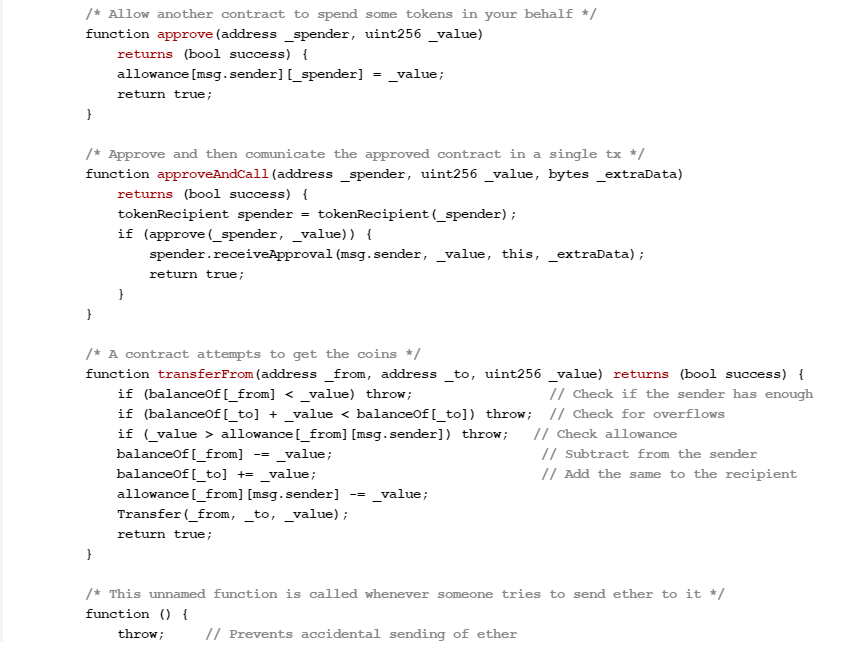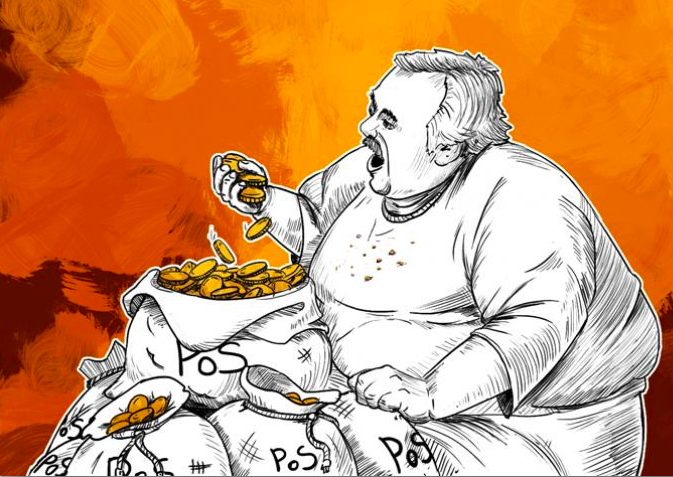Ethereum
Ethereum is Bitcoin’s biggest competitor and the second biggest cryptocurrency. This cryptocurrency is also an open source software and use Blockchain technology like Bitcoin.
Development of Ethereum
A Russian-canadian programmer Vitalik Butterin proposed the idea of Ethereum in his white paper in 2013. He came up with the idea of Ehereum when he was working on Bitcoin magazine as he saw the potential of extending Bitcoin Blockchain to accomplish more than just a digital payment system.Ethereum was merged with the idea of:
1. Smart contract
2. Decentralized automatic organizations (DAO)
3. Decentralized applications (DAPP)
It is considered an open source worldwide computer with its own programming language Solidity allowing developers to build literally anything. Solidity is used to build smart contracts which are explained next.
You can explore ethereum/learn solidity by going to Ethereum Official wesbsite



